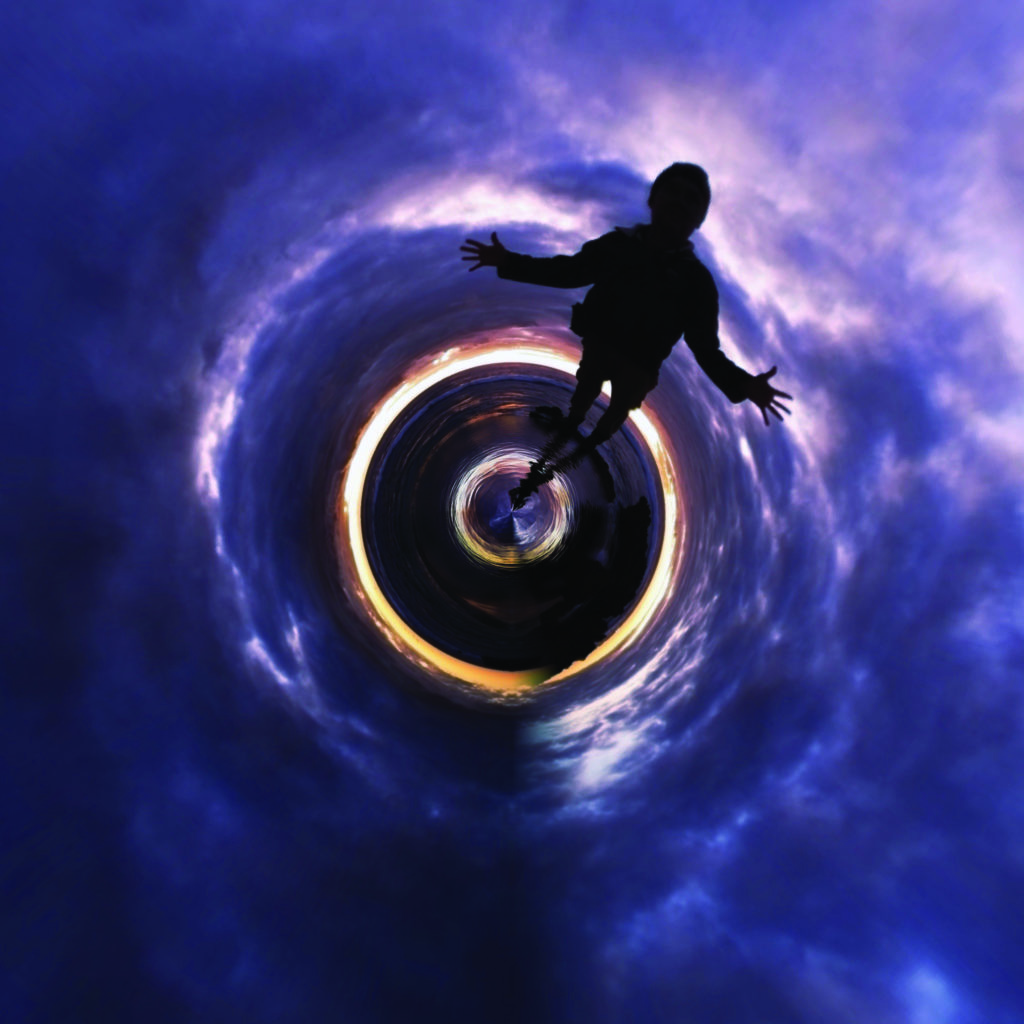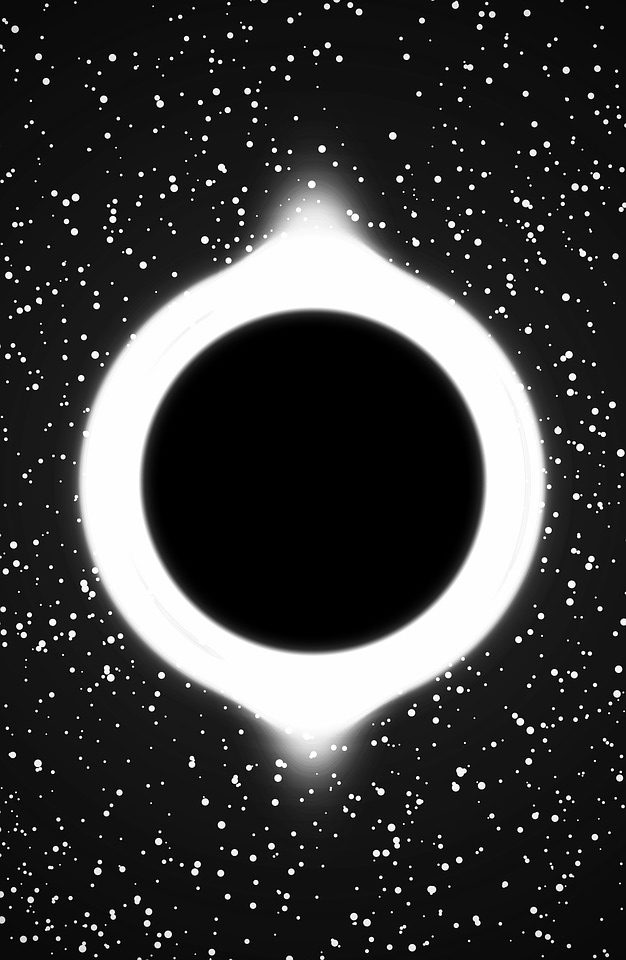What if you fell into a black hole?
by Scott Dutfield · 15/01/2019

Travelling into the singularity of one of these objects would be the one-way trip of a lifetime
A black hole has one of the strongest gravitational pulls of any object in the universe; get caught in its clutches and you’re doomed. Beyond a point called the event horizon, space and time curve so extremely that even light cannot escape. Inside, matter crushes down to a single point, called a singularity. This black spot is completely invisible because light can’t get out. Even so, you can see the effects from the outside. If you got close to a black hole you would see light starting to bend, swirling around the central dark point like water going into a plughole. You’d start to move faster and faster as gravity tugged you in and, if you were travelling feet first, you’d see strange things happening to your body. Your feet, closer to the black hole than your head, would experience a stronger pull and your body would start to stretch. If the black hole were small, you’d rip apart, but if it were large, you’d carry on spinning. When you crossed the event horizon everything would go dark, but you wouldn’t have long to look around. You’d become part of the black hole, crushed to a speck with no chance of escape.
5 Facts about black holes
1. They really are supermassive
Stellar black holes are only around ten or 20 times more massive than the Sun. Supermassive black holes are millions of times more massive.
2. Galaxies spin around them
There may be a supermassive black hole in the middle of every large galaxy in the universe. All the stars orbit around the outside.
3. They burp
The NASA’s Chandra X-ray Observatory revealed that black holes belch out streams of high-energy particles as they feast on gas from nearby stars.
4. They’ve never been photographed
We can’t see black holes directly because no light can get out; we can only see space and light warping around them.
5. We orbit one
Sagittarius A* is a supermassive black hole at the centre of the Milky Way. Don’t panic, it’s 26,000 light years away.

This article was originally published in How It Works issue 119, written by Laura Mears
For more science and technology articles, pick up the latest copy of How It Works from all good retailers or from our website now. If you have a tablet or smartphone, you can also download the digital version onto your iOS or Android device. To make sure you never miss an issue of How It Works magazine, subscribe today!




